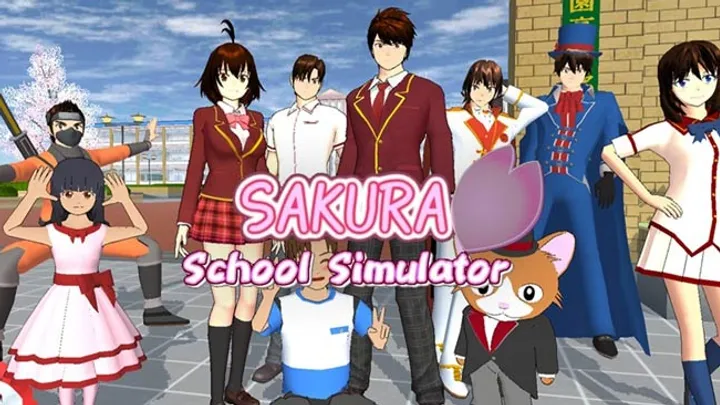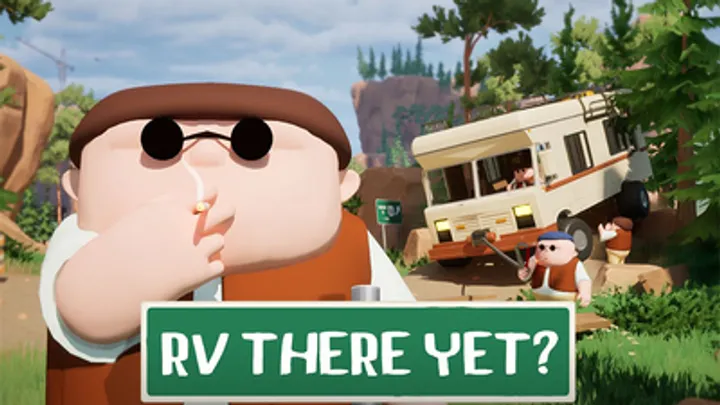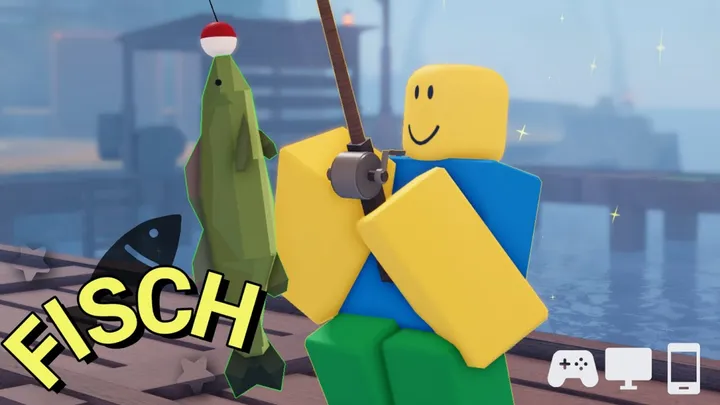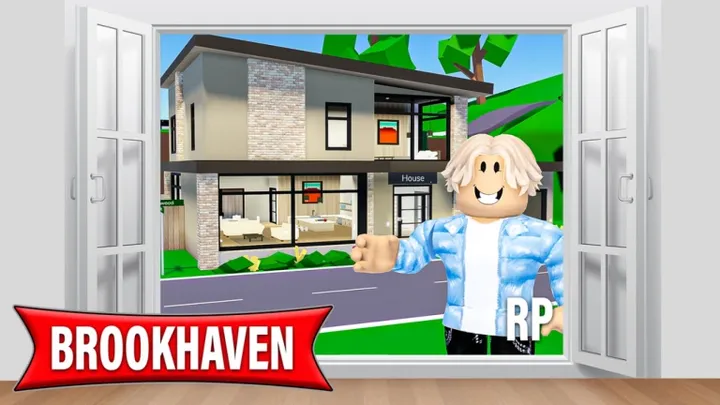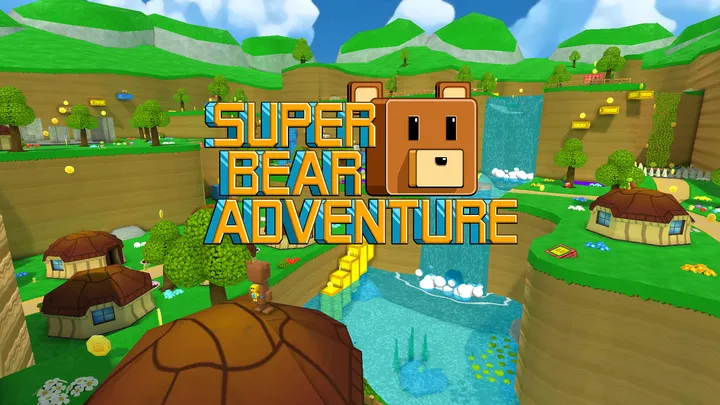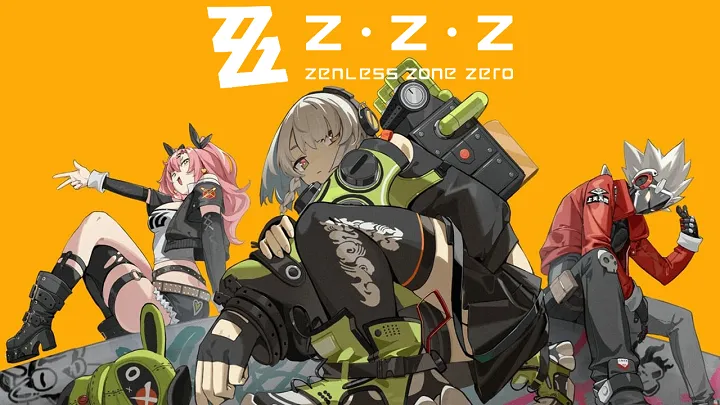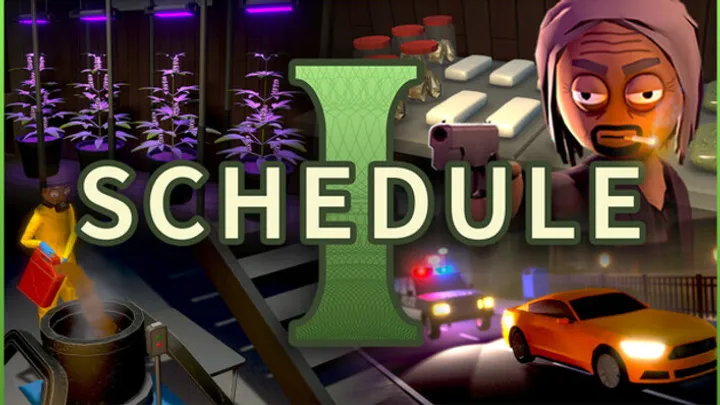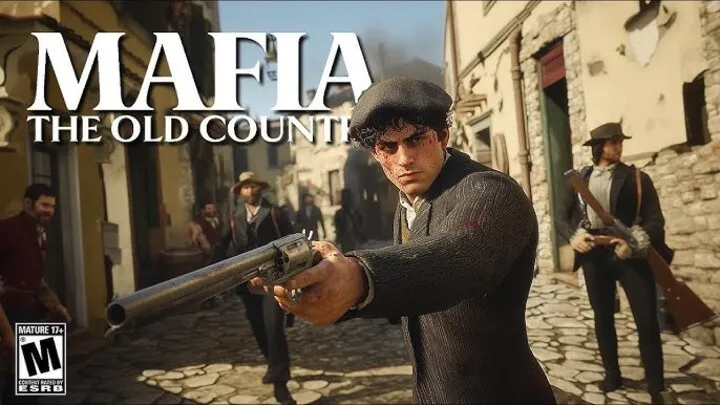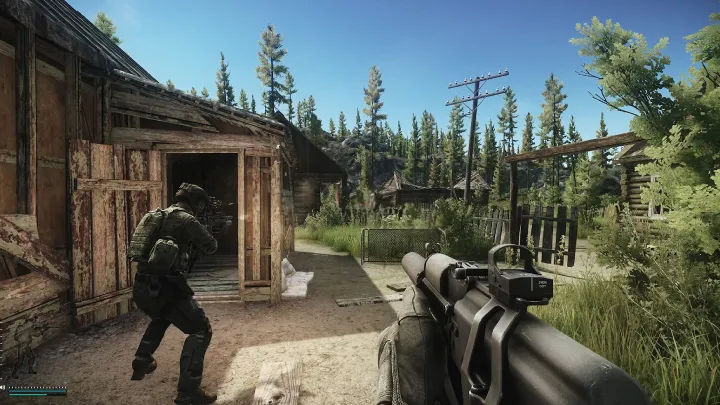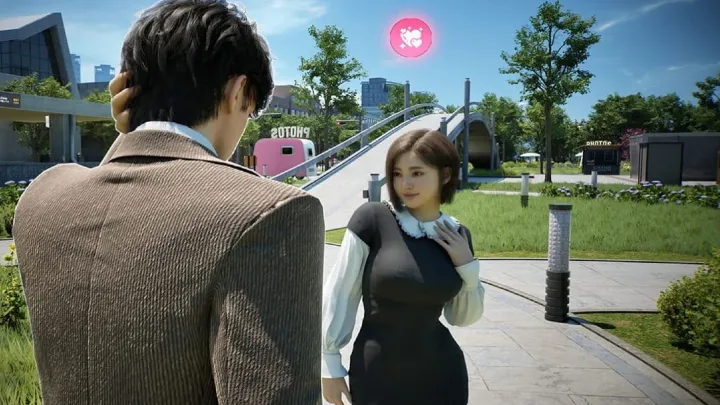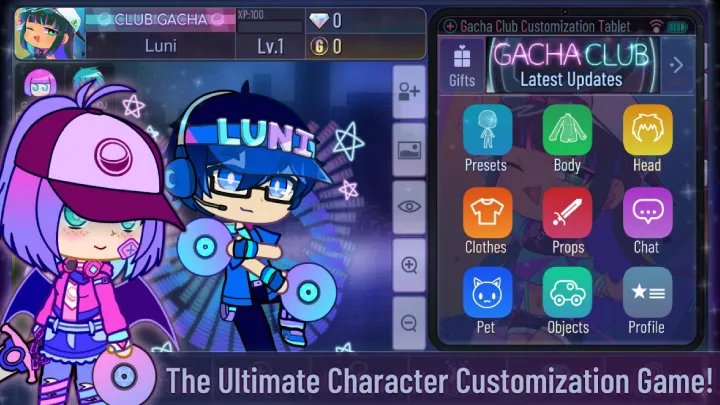Rust is one of the most intense, unpredictable, and rewarding survival games ever created. Developed by Facepunch Studios, Rust throws you into a harsh, unforgiving world where your only goal is to survive. You start with nothing just a rock and a torch and must gather resources, build shelter, craft weapons, and defend yourself from other players and the environment.
Unlike many other survival games, Rust is completely multiplayer. Every decision you make can affect your fate, as other players can help or betray you at any moment. It’s a brutal test of strategy, patience, and resilience. This comprehensive guide will teach you how to play Rust effectively, from your first moments on the beach to becoming a powerful force in the wasteland.
Understanding the Basics of Rust
Rust is a multiplayer survival game focused on resource gathering, base building, and player interaction. The world is procedurally generated, meaning no two maps are ever the same. Your character must eat, stay warm, and avoid radiation or hostile players to survive.
The game begins when you spawn randomly on a beach with minimal items. From there, you must quickly find food, wood, and stone to craft basic tools. The central loop of Rust involves gathering materials, crafting weapons, building a secure base, and defending it from raids.
Survival in Rust isn’t just about fighting—it’s about smart planning and adaptation. You’ll need to learn when to fight, when to hide, and how to outthink your enemies.
Starting Out: Your First Day in Rust

When you first spawn, the clock starts ticking. The first few minutes are critical for survival. You have only a rock and a torch. Use the rock to gather wood from trees and stone from rocks.
Your immediate priorities should be:
- Gathering basic resources like wood and stone.
- Crafting primitive tools such as a stone hatchet and stone pickaxe.
- Finding food sources like mushrooms, hemp seeds, or hunting small animals.
Avoid fighting other players early on. Most new players die in the first few hours because they engage too soon. Instead, focus on finding a quiet area to gather supplies and start planning your base location.
Choosing the Right Location for Your Base
Your base location determines your chances of long-term survival. A poorly placed base can lead to frequent raids or resource shortages.
Look for an area that offers:
- Access to wood, stone, and metal nodes.
- Nearby water and animals for food.
- Some distance from highly populated zones like monuments or roads.
Building near monuments can be tempting due to loot, but it also increases your risk of attack. A balance between accessibility and safety is key. Many experienced players choose areas surrounded by cliffs, forests, or rivers to provide natural defense.
Once you find a good spot, place a sleeping bag to set a respawn point. Then build a temporary shelter to protect yourself from the environment and other players.
Building and Securing Your First Base
Base building is one of the core mechanics of Rust. Your base acts as your home, storage area, and main defense against other players.
Start with a small 2x2 square foundation made of wood. Then build walls, a door, and a roof. Once the basic structure is ready, craft a Tool Cupboard (TC) to claim ownership of your area and prevent others from building nearby.
Upgrading your base to stone or metal is crucial. Wooden bases can be easily destroyed with fire or simple weapons. Stone walls require explosives or higher-tier tools to break, giving you better protection.
Always include an airlock (a double-door system) at your entrance. This prevents raiders from rushing inside if you accidentally open the outer door.
Gathering and Managing Resources
Rust is all about efficient resource management. Every item, weapon, or structure requires materials. Understanding where to gather and how to store resources is vital.
The main resources are:
- Wood: Found in trees, used for building and crafting.
- Stone: Found in rock nodes, used for building and tools.
- Metal: Smelted from ore and used for advanced weapons and structures.
- Cloth: Obtained from hemp plants or animals, used for clothing and sleeping bags.
As you progress, you’ll also collect sulfur, used to make gunpowder, and scrap, used for researching and crafting advanced items.
Store your materials in wooden boxes or metal storage units inside your base. Organize them by type to avoid confusion during emergencies or raids.
Crafting Weapons, Tools, and Armor
Once your base is secure and resources are flowing, it’s time to focus on crafting weapons and armor to defend yourself.
Start with basic melee weapons like spears or bows. These are easy to craft and effective in early combat. As you gather more materials and research new blueprints, you can progress to guns like the Revolver, Semi-Automatic Rifle, and Assault Rifle.
To craft advanced items, you need workbenches. There are three levels of workbenches:
- Tier 1: For basic weapons and tools.
- Tier 2: For mid-tier firearms and gear.
- Tier 3: For endgame weapons and explosives.
Armor is also essential. Even light armor can reduce incoming damage significantly. Combine armor with healing items and medkits to increase your combat survivability.
Surviving Combat and Player Encounters
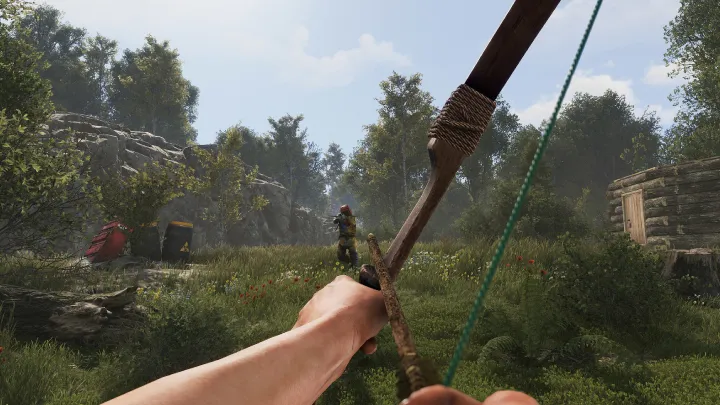
Combat in Rust is intense and unpredictable. Every encounter could mean the difference between success and losing everything you own.
When you encounter another player, observe before acting. Many players are hostile, but some might want to trade or form alliances. Use voice chat carefully—trust is rare in Rust.
For combat strategy:
- Always stay behind cover.
- Use the environment to your advantage.
- Keep your inventory light so you can move quickly.
- Learn recoil patterns for firearms through practice.
Dying is part of the learning process. Every defeat teaches you how to approach future battles more wisely.
Exploring Monuments and Looting
Monuments are key locations across the Rust map where valuable loot can be found. They include abandoned military bases, power plants, train yards, and airfields.
Each monument has a unique design and offers different rewards. However, they also attract other players and are often patrolled by scientists—NPC enemies with guns.
Before exploring a monument:
- Bring healing items, weapons, and radiation protection.
- Learn the monument layout from the map or experience.
- Use green, blue, or red keycards to access restricted areas.
The loot you find in monuments often includes weapon parts, armor, and rare components that are essential for crafting high-level gear.
Joining or Creating a Clan
Playing solo in Rust is challenging. Joining a clan or forming one with friends increases your chances of survival. A group can gather resources faster, defend bases more effectively, and cover more territory.
To start a clan, coordinate through voice chat or external communication apps. Build a larger base with multiple rooms, doors, and layers of protection. Assign roles within your group, such as resource gatherers, builders, and defenders.
However, larger groups can attract attention. Make sure your base has multiple respawn points and hidden stashes in case of raids. Teamwork and trust are the foundations of success in group play.
Understanding Raids and Defense
Raiding is a central part of Rust’s gameplay. Players attack each other’s bases to steal resources and gear. Learning how to raid and defend effectively is crucial.
To raid, you need explosives such as satchel charges, C4, or rockets. These are expensive to craft, requiring large amounts of sulfur and metal. Choose your targets wisely—raiding a massive base can be a waste if you lack resources.
For defense, always:
- Upgrade your base to stronger materials.
- Use traps, turrets, and shotgun traps.
- Keep extra gear hidden in secondary bases or stash spots.
Expect to be raided eventually. The best defense is constant preparation. Repair damaged walls, restock ammunition, and maintain your Tool Cupboard regularly.
Endgame Progression and Longevity
As you master Rust’s mechanics, your goals shift from basic survival to dominance. Endgame progression focuses on automation, territory control, and high-tier gear.
Craft vehicles like minicopters or boats for faster travel. Build compound bases with high external walls and electricity systems. Learn how to farm efficiently and manage renewable resources like oil and sulfur.
You can also participate in large-scale clan wars, dominate servers, or become a trader dealing valuable items. The beauty of Rust lies in its freedom—your story is shaped entirely by your choices and interactions with others.
Even at the endgame, survival is never guaranteed. Each server wipe resets the world, forcing everyone to start over, which keeps the game fresh and competitive.
Conclusion
Rust is a game of chaos, strategy, and human interaction. It challenges players to survive against nature, hunger, and betrayal. Every victory, no matter how small, feels earned.
By mastering the basics, building wisely, crafting smartly, and understanding when to fight or flee, you can rise from a helpless survivor to a feared warrior or respected trader.
Remember that in Rust, you are not just surviving—you are thriving through experience, creativity, and resilience. Every new spawn is a new chance to carve your legacy into the harsh world of Rust.
Summary :
Learn how to survive, build, craft, and conquer in Rust with this ultimate step-by-step beginner’s guide to thriving in a brutal multiplayer world.
